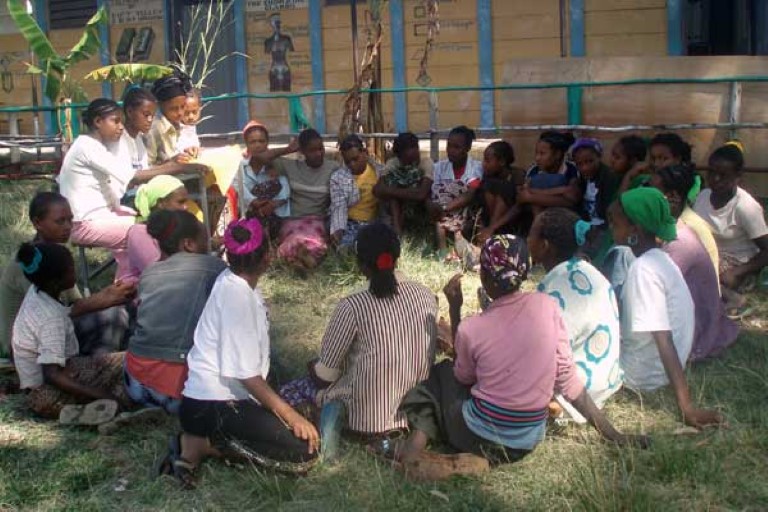Female genital mutilation/cutting and obstetric complications

The researchers could not confirm that there is a causal relationship between FGM/C and obstetric problems, but they found a clear statistical correlation between being subjected to FGM/C in childhood and experiencing obstetric problems in adulthood.
- Relative to women who did not have FGM/C, women with FGM/C were more than twice as likely to experience obstetric hemorrhage and they were at three times greater risk of difficult delivery. The results showed that women with FGM/C experienced a greater risk of prolonged labor, lacerations, and instrumental delivery. It also seems that women who are infibulated are at greater risk of problems during delivery compared to women with clitoridectomy or excision, explains researcher Rigmor C Berg at the Knowledge Centre.
The researchers searched for quantitative research that had evaluate the physical consequences of FGM/C. They found thousands of research papers related to the topic, of which 44 studies were considered relevant. All of the studies were observational studies and 28 of these compared women subjected to FGM/C to women who did not have FGM/C, or they compared women with different types of FGM/C.
-These 28 studies are all rigorous studies that researchers have carried out to evaluate the consequences of FGM/C related to labor and delivery, continues Berg.
Statistical correlation is not enough
Nearly 3 million women participated in the studies, which were primarily conducted in Africa. The researchers also included seven registry studies, which were conducted in Western countries. Eight main outcomes were reported in the studies: prolonged labor, obstetric lacerations, cesarean section, episiotomy, instrumental delivery, obstetric hemorrhage, difficult labor, and other obstetric complications. The methodological study quality was generally low and it varied how outcomes were defined and measured in the different studies. Thus, it was difficult to draw any firm conclusions.
The results show that there is a correlation between obstetric complications and FGM/C, but the type of study design and quality of the studies mean that the results cannot be considered conclusive.
- A statistical relationship is not enough to prove causation, but the results pointed in one direction - that there are negative obstetric consequences from FGM/C. This is a topic area in which it is difficult to investigate causal relationships, and it is uncertain if further studies will provide meaningful changes in the results we have summarized, says Berg.
